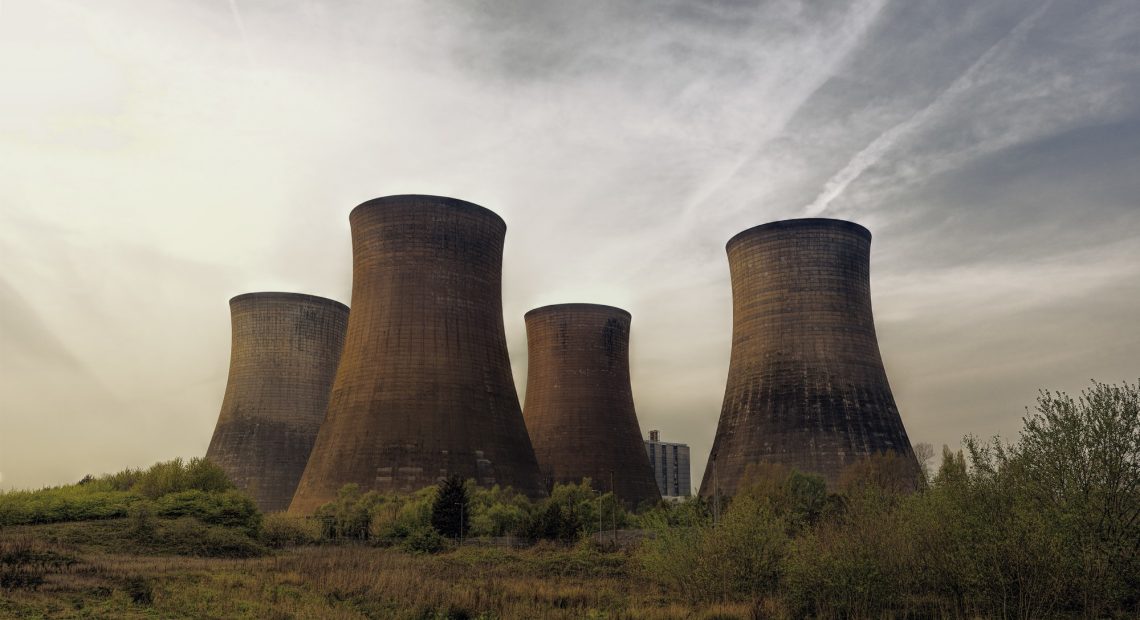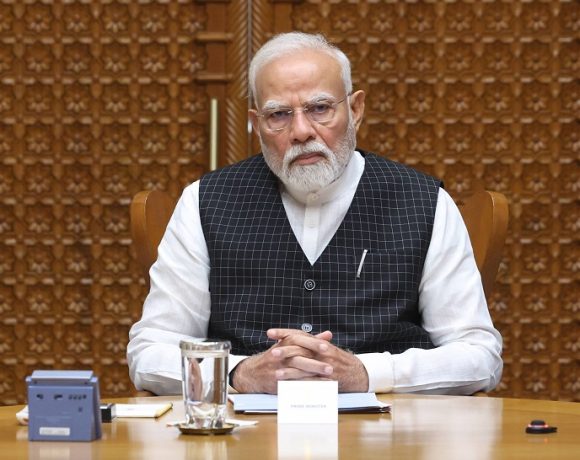
India May Allow 49% Foreign Investment in Nuclear Sector
India is moving towards a landmark shift in its nuclear energy policy by considering allowing foreign companies to hold up to a 49% stake in nuclear power plants. This proposal is aimed at boosting clean energy generation and reducing the nation’s dependency on coal-fired power.
India Nuclear Investment
Currently, nuclear power in India accounts for only about 2% of the total electricity generation, with an installed capacity of slightly above 8 gigawatts (GW). To meet its ambitious clean energy goals, the government plans to expand nuclear capacity to 100 GW by 2047. Opening the sector to foreign investment is seen as crucial for achieving this target.
The move would involve amendments to the Atomic Energy Act of 1962 and the Civil Liability for Nuclear Damage Act of 2010. These legal changes would allow private and foreign players to participate not just in the construction and operation of nuclear plants, but also in the production of nuclear fuel. Government officials are preparing to introduce these legislative amendments in the upcoming monsoon session of Parliament.
Foreign Nuclear Stake
Although foreign investment will be permitted up to 49%, every proposal would still need prior government approval. This cautious approach ensures that while foreign expertise and capital are welcomed, national security concerns remain paramount.
Major Indian conglomerates such as Reliance Industries, Tata Power, Adani Power, and Vedanta Ltd have already expressed significant interest in investing in the nuclear sector. On the global front, several international firms are keen to partner with India either as technology providers, suppliers, or contractors, as the country looks to rapidly expand its nuclear infrastructure.
Nuclear Power Reforms
The introduction of foreign investment is part of a broader strategy to diversify India’s energy portfolio. Nuclear energy offers a reliable, clean source of power that aligns with India’s commitment to achieving net-zero carbon emissions in the coming decades.
By opening its nuclear sector to global participation, India aims not only to bridge the investment gap but also to incorporate cutting-edge technology and best practices from around the world. This shift marks a significant evolution in India’s approach to energy security, environmental sustainability, and economic modernization.
The government’s bold plan signals its intention to place nuclear energy at the heart of India’s clean energy transition over the next two decades.


















